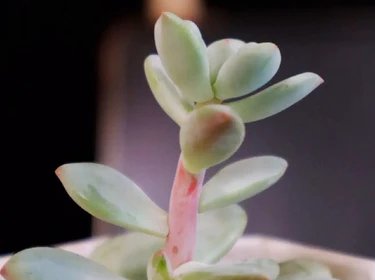So, what exactly is the light compensation point? Simply put, it's the minimum light intensity a plant needs to balance its photosynthesis with its respiration - essentially, it's a plant's break-even point. Anything below this point and the plant is spending more energy than it's producing, leading to stunted growth and poor health.
Gardeners across North America cherish a variety of plants, from tomatoes and lettuce to herbs like basil and parsley. However, each of these plants requires a specific amount of light to grow and flourish, i.e., they each have a unique light compensation point. If they don't receive sufficient light to meet this threshold, they won't thrive, much like John's tomato plants initially.
But understanding the light compensation point is just part of the equation. Enter the concept of the light saturation point. This is the maximum light intensity a plant can utilize. Beyond this point, any additional light won't lead to increased growth and might even become detrimental.
Here are some common plants in North America along with their Light Compensation Points and Light Saturation Points:
| Plant Name | Light Compensation Point (PPFD) | Light Saturation Point (PPFD) |
|---|---|---|
| Tomatoes | 60 | 900 |
| Lettuce | 125 | 1100 |
| Basil | 100 | 1150 |
| Parsley | 75 | 950 |
At Barrina, we've dedicated ourselves to understanding the unique lighting needs of different plants. That's why we've established a comprehensive plant laboratory to conduct extensive research. All the data and numbers shared here are derived from rigorous testing and observations made in Barrina's lab.
Imagine a plane taking off. The light compensation point is like the minimum speed a plane needs to lift off and start its flight. The light saturation point, however, is like the plane's maximum altitude - no matter how much additional thrust the engines provide, the plane won't climb any higher. Just as understanding these limits is crucial for a successful flight, knowing the light compensation and saturation points is key for successful indoor gardening.



